Turning Youthful Thumbs Green
Q: I have a strong base of baby boomer customers who seem loyal and connected to gardening. However, as that population ages, I wonder what can be done to interest younger generations to pick up the trowel. Any ideas?
Getting younger generations interested in gardening is definitely good for business. It broadens and deepens your customer base, ensuring future growth. While there’s no “silver bullet” answer on how to attract more of the 20- to 30-something crowd, recognizing some key characteristics of the age group will help you focus your efforts.
These young customers enjoy a fast-paced lifestyle packed with many ways to fill their day. They are media savvy and grew up with access to lightning-fast communications, so they are attracted to projects that match that tempo. While baby-boomers have more time, experience and interest in large-scale landscaping projects, the younger crowd is looking for faster results. They are also a highly mobile, job-hopping and dwelling-swapping group as their lives change and their careers take form. Some live with their parents, while others reside in apartments or in first-time homes where yard space may be small to nonexistent. Their budgets are often stretched thin with establishing a household and repaying college loans. They are social, style-conscious and trendsetting, looking for ways to spark up their parties and their homes. And while they may be more willing to try new things, they can also become easily disillusioned if their early gardening attempts fail or seem too difficult or expensive. They also lack gardening role models. A large percentage of baby boomers had a parent or grandparent who gardened, but as we leave our agrarian heritage behind, those in the younger generation have fewer people in their lives to show them how to be successful gardeners. Keeping these factors in mind will help you offer products and services designed for this group.
Put Yourself In Their Shoes
Imagine being a first-time gardener and walking into a busy nursery around Mother’s Day facing a sea of plants, crowds of people, and not even understanding the difference between an annual and perennial. That alone would be enough for most people to turn around and walk away. But by setting up several examples of smaller projects in a “kit-like” form such as a container that shows how three gallon-sized plants can be potted up to create a colorful accent for the entry, or ready-to go hanging baskets that can be slipped into more decorative containers to dress them up in bright colors, or fun and exotic looking succulents fashioned into a shoe or purse topiary now you have some ideas that could get their attention and draw then inside. Keep the displays stylish and fun. The retro look is big, so add containers and accessories that mirror those trends. And be sure to offer ideas in different price categories so there is something for everyone.
If you’re finding that just getting the younger crowd into your store is a challenge, why not bring the store to them? Hold a terrarium workshop off location in a setting where the atmosphere is relaxed and they already enjoy socializing with friends, such as a coffee shop with open-air seating, museum or library. In a non-competing venue, you can offer fun projects where you can brand your products and services in a way that they’ll remember you. Then, when they are ready for their next gardening project, they’ll seek out your store for more ideas.
Cater to Their Activism
Many in this age group enjoy social interaction and networking with friends through community-service projects. Check with your area’s organizations, and consider sponsoring a community-betterment activity that would offer an opportunity for them to get together and take on a weekend activity such as tree planting, sprucing up flowerbeds in the parks or beautifying the entrance of a local nursing home.
This generation is also very eco-conscious, and they are eager to embrace activities that are a part of the grassroots movement to improve the environment. Help them see how gardening plays a big role in living green. Connect creating outdoor living spaces full of beautiful plants with the idea of entertaining at home to reduce their carbon footprint, drive less and save energy. Turn them into “locavores,” people committed to eating and learning about foods grown close to home with enticing ideas such as growing herbs, container-grown vegetable gardens, and supporting places that grow and serve local foods. And since many 20- to 30-somethings don’t have large areas to garden, consider sponsoring a community garden where they can have their own plot to grow fresh food and meet other gardeners.
Teach Them And Let Them Teach You
One activity I’ve enjoyed through the years is being a partner in education with local schools. This has taken many forms, such as designing outdoor classrooms, developing lesson plans with teachers that connect the garden to studies in history, math and science, growing daffodils that students pick and sell to support school projects, and giving garden tours that raise funds for scholarships. All have been rewarding efforts for me personally and have connected me to students and their young parents. I would encourage you to involve yourself in a local school and see how you can help. There are many national suppliers willing to provide materials and products to support educational projects.
And last, but not least, if you have employees in this age bracket, don’t forget to consult them. They are a great resource for ideas that will give you insight into the kinds of products, services and activities that will attract and keep a new generation of gardeners for your business.


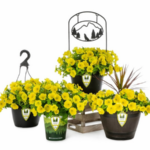



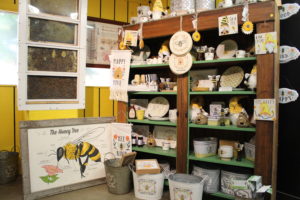
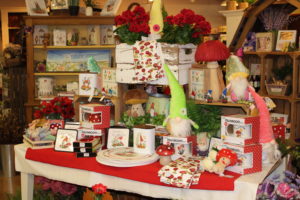
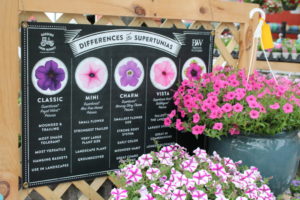

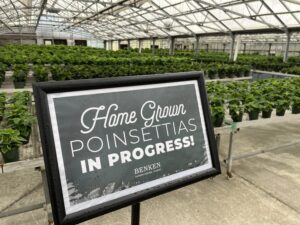





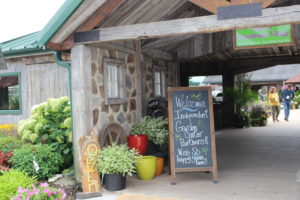
 Videos
Videos





